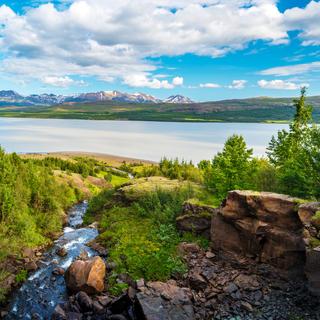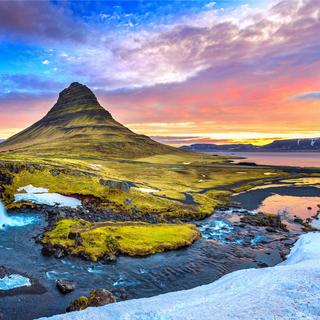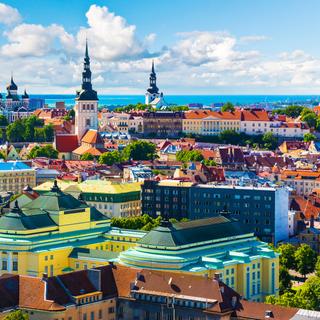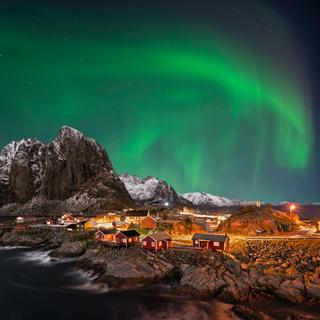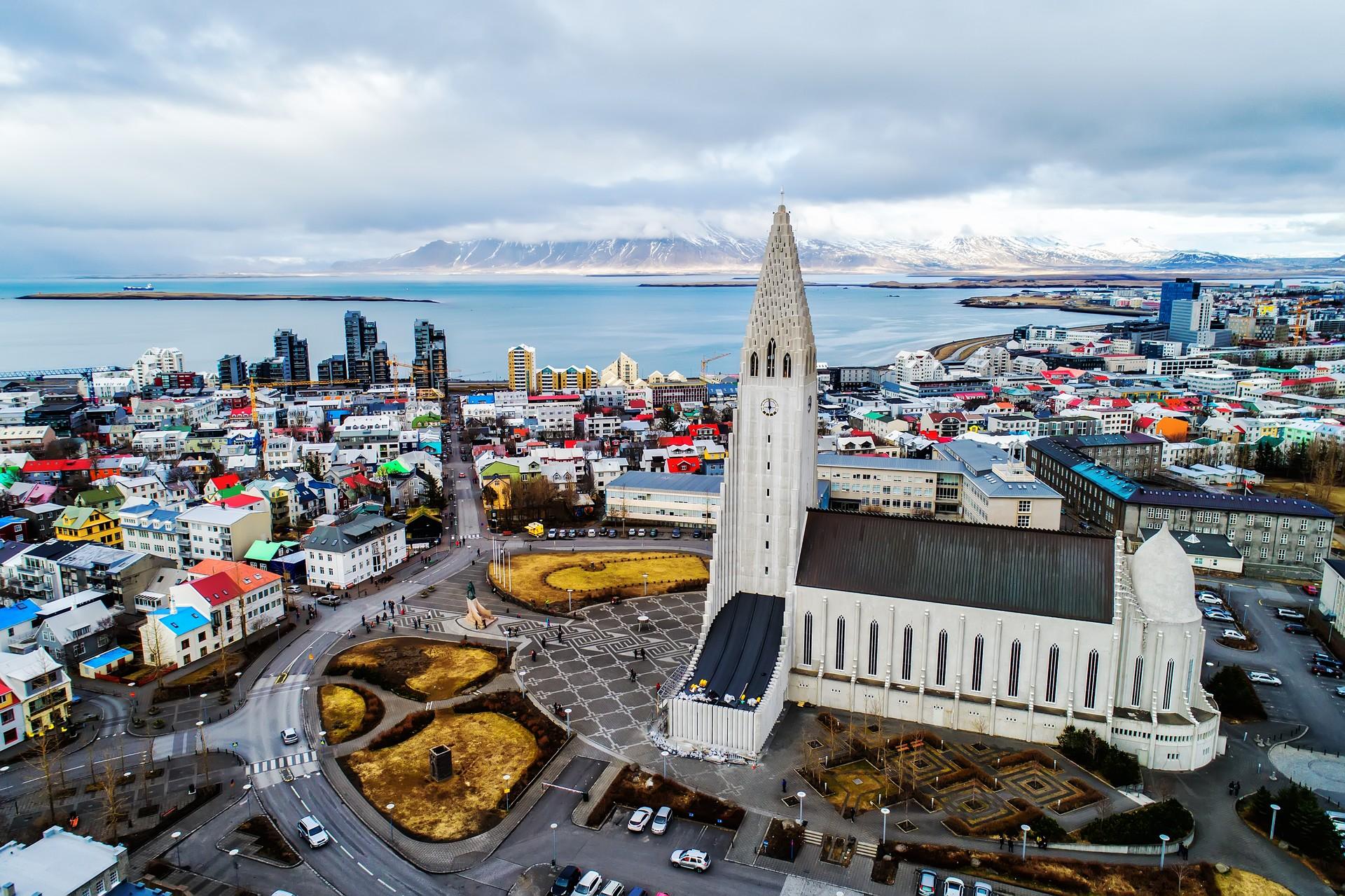
Iceland climate 2025

Iceland climate 2025
Iceland – here is where stunning landscapes, dramatic geothermal activity, and mythical allure come together. Explore the ethereal beauty of the Golden Circle, where you can witness the mighty Gullfoss waterfall, the geothermal marvels of Geysir, and the tectonic rift at Þingvellir National Park. Immerse yourself in the otherworldly landscapes of the black sand beaches, glittering ice caves, and towering glaciers. Experience the enchanting Northern Lights dance across the night sky, and relax in the soothing geothermal pools of the Blue Lagoon. Iceland promises an extraordinary adventure that will leave you in awe of nature's wonders.
Weather charts for Iceland
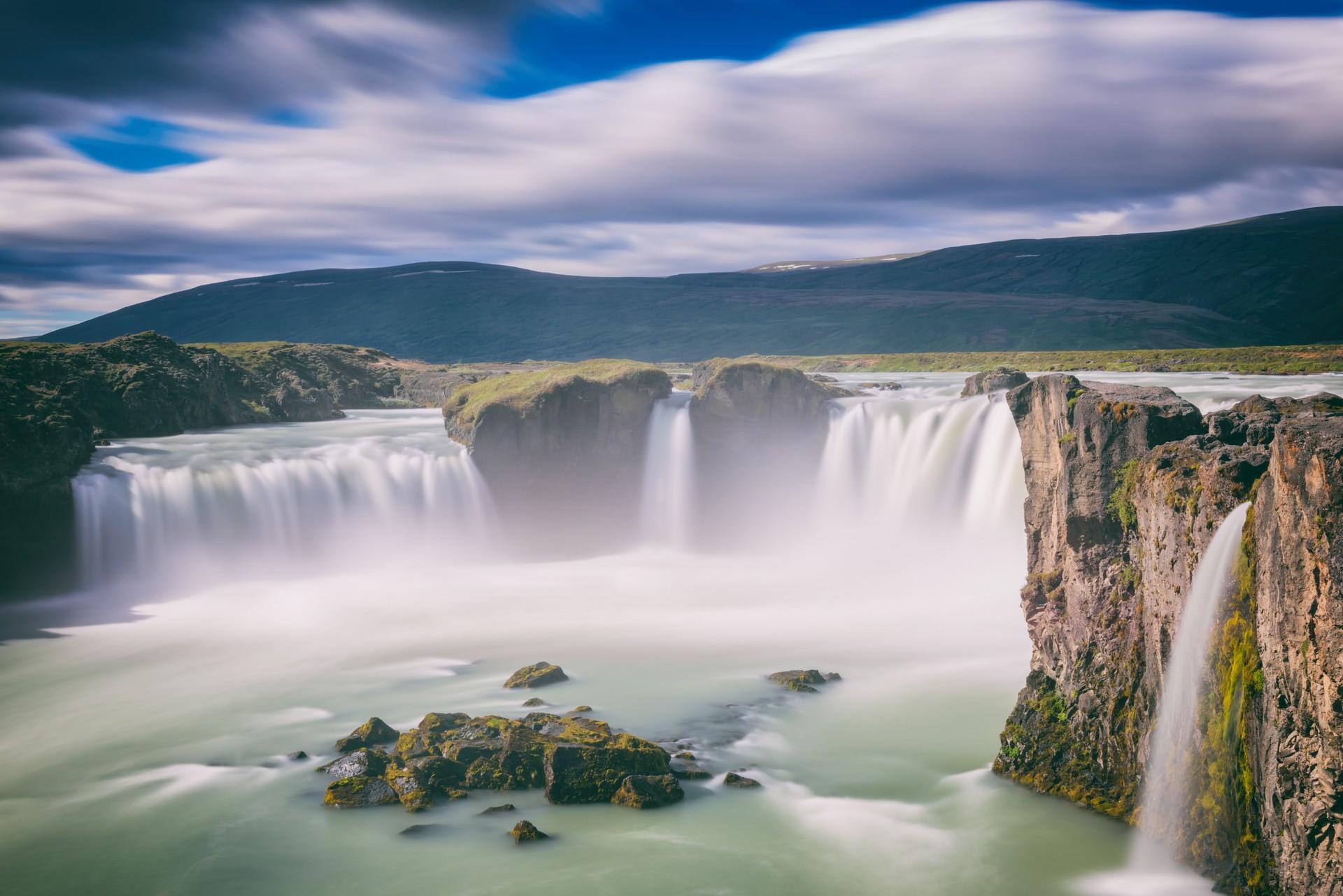

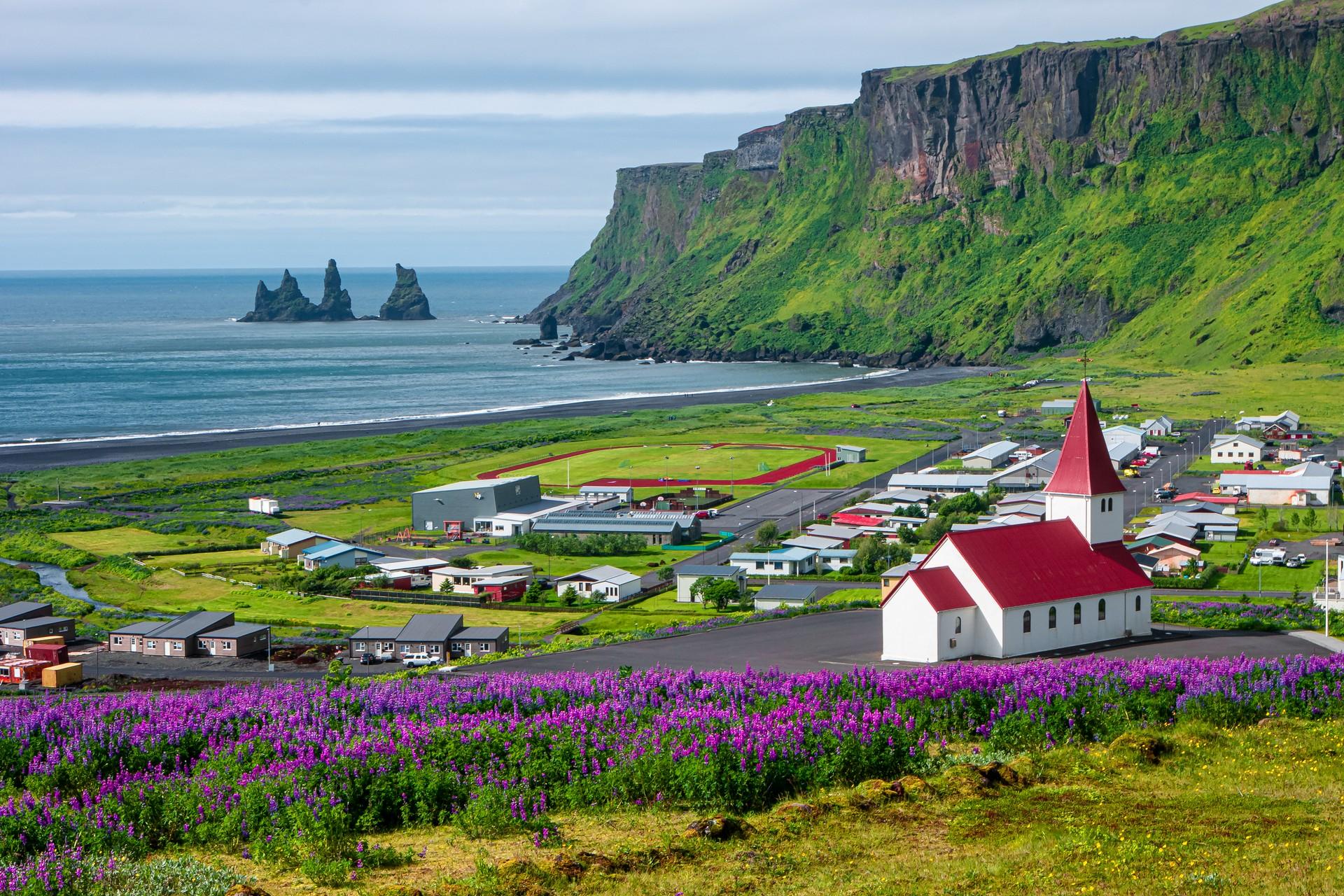
Find more destinations like this
Destinations in Iceland
Destinations with similar weather to Iceland
Climate overview and FAQs
Climate overview
Iceland in general has a cold climate. The day temperatures range from 2 °C (36 °F) in February to 14 °C (57 °F) in July. The least rainy month in Iceland is June with its 7 days of rain, the rainiest month is January, when it rains 11 days. The highest night temperatures could be experienced in July with 8 °C (47 °F), the lowest in February with -4 °C (26 °F).
What is the best month to visit Iceland?
The best time to visit Iceland is between June and July. During this period, temperatures are between 12 °C (54 °F) - 14 °C (57 °F), night temperatures are between 6 °C (43 °F) - 8 °C (47 °F), rainfall averages 8 days per month, and 6 hours of sunlight on average.
What is the least cloudy season in Iceland?
The least cloudy months in Iceland are March - June, when the cloud cover is on average only 72 %.
Is it freezing a lot in Iceland?
Yes, it is likely to be freezing at night in Iceland in the months of October - April. And often during the day in the months of November - March.
Which months have the highest daily temperature in Iceland?
The hottest month in Iceland is July with a temperature of 14 °C (57 °F). The period with the highest daytime temperatures is in Iceland during June - August. The temperatures range at this time between 12 °C (54 °F) - 14 °C (57 °F).
What time of year are the highest night temperatures in Iceland?
The highest night temperatures in Iceland occur in the months of June - August. During this time the night temperatures are between 6 °C (43 °F) - 8 °C (47 °F).
What is the humidity in Iceland?
Iceland belongs to destinations with lower humidity. It ranges from 79 % to 83 %.
Which month is the sunniest in Iceland?
The period, which is the sunniest in Iceland, is in the months of May - August, when there is an average of 5 sun hours per day.
Is it windy in Iceland?
Yes, Iceland is an above-average wind location with a wind index of 5 - 7. The wind blows the most in December - February and the least in June - August.

